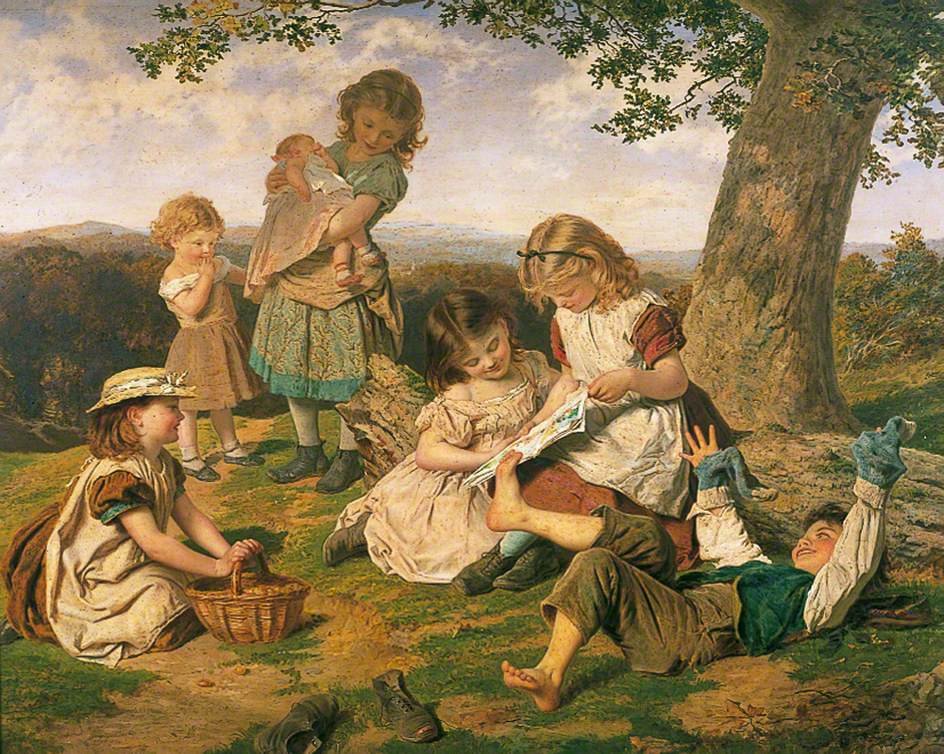At The Joyful Homeschool, we believe that the heart of homeschooling isn’t in rigid schedules or perfect checklists—it’s in sparking a lifelong love of learning. But here’s the tricky part: too much freedom, and your kids might feel lost. Too much control, and their curiosity can burn out fast.
This post is your roadmap to finding that sweet spot—where joyful curiosity meets thoughtful guidance. You’ll learn five research-backed strategies that inspire kids to love learning, plus tips to balance freedom and structure in a way that brings peace to your home.
Why a Love of Learning Matters
Curious kids learn more deeply, retain knowledge longer, and grow into lifelong learners. According to the National Institute of Child Health and Human Development, intrinsic motivation is the secret sauce of successful learning. And in a homeschool setting, you get to build that environment every day.
But here’s the challenge: too much freedom can lead to floundering. Too much structure can crush the spark. The key is balance—and that’s what this guide is all about.
5 Strategies to Cultivate a Love of Learning
1. Spark Curiosity with Open-Ended Exploration
Children are naturally curious—it’s how they learn best! Susan Engel, author of The Hungry Mind, calls curiosity the engine of learning.
Try This:
- Ages 3–7: Set up a “Wonder Table” with shells, pinecones, or magnets. Ask, “What do you notice?”
- Ages 8–12: If your child loves space, let them build a rocket and explore NASA Kids.
Balance Tip: Offer a daily “exploration time” with no assigned outcome. Guide gently, but let discovery lead the way.
2. Foster a Growth Mindset
Carol Dweck’s research shows that when we praise effort instead of talent, kids embrace challenges and learn to persist through struggle.
Try This:
- Ages 3–7: “I love how you’re trying different puzzle pieces!”
- Ages 13+: “You haven’t mastered this yet, but I’m proud of how you tackled that hard problem.”
Balance Tip: Model this mindset by sharing your own flops—and how you grew from them. Let kids try their way without hovering.
3. Make Learning Fun and Relevant
John Hattie’s Visible Learning research proves that when learning connects to a child’s interests, engagement skyrockets.
Try This:
- Ages 3–7: Use dinosaurs to teach math, read dino books, and dig “fossils” in the backyard.
- Ages 8–12: Turn music into a lesson—analyze lyrics, study rhythm, and explore music history.
Balance Tip: Choose one interest-based activity each week and let your child decide how to explore it.
4. Create a Supportive, Joyful Environment
A 2018 study in Educational Psychology Review found that warm parent-child relationships fuel motivation.
Try This:
- All ages: Share something new you’ve learned, read aloud with silly voices, or do a messy science experiment together.
Balance Tip: Host a weekly “Learning Party” to celebrate projects. Let kids decide what to share and how to share it.
5. Empower with Autonomy
According to Self-Determination Theory (Deci & Ryan), autonomy is one of the top drivers of motivation.
Try This:
- Ages 3–7: Offer a “learning menu” of daily activities like reading, drawing, or building.
- Ages 13+: Let teens design their own month-long project with weekly check-ins.
Balance Tip: Set loving boundaries (like choosing two core subjects per day), but let your kids lead within those limits.
Balancing Freedom and Guidance
Here’s how to walk the line between structure and freedom—so you and your kids feel confident, not chaotic.
Use a Flexible Framework
A loose schedule (core learning in the morning, discovery in the afternoon) offers rhythm without rigidity.
Example Schedule (Ages 8–12):
- 9:00–10:30 AM: Math games, reading choice
- Afternoon: Free exploration—build, bake, invent
Joyful Twist: Use a whiteboard to let kids check off their own progress!
Short Sessions with Joy Breaks
Research shows attention spans are short—15 mins for littles, 45 for teens.
Try This:
- Ages 3–7: 15 minutes of a story, followed by 10 minutes of dance
- Ages 13+: 45 minutes of writing, followed by a sketch or walk
Joyful Twist: Let kids choose their own “Joy Break”—play, snack, stretch—it keeps the day light and lively.
Reflect and Adjust
Reflection fosters growth. Weekly check-ins help your kids feel heard and allow you to adapt with confidence.
Try This:
- Ask: “What was your favorite thing this week?” or “What felt hard?”
- End with a “Win of the Week” celebration—think music, ice cream, or dancing in the kitchen.
Real-Life Questions from Moms Like You
Q: My 6-year-old loses interest quickly. What do I do?
Lean into play! Use short, fun, hands-on activities tied to their interests. Keep it light and give options like “Paint or build?” If they’re distracted, take a Joy Break and come back later.
Q: My teen resists structure. How can I guide them without a fight?
Let them co-create the schedule. Set clear goals (e.g., 3 math lessons/week), but let them decide when to tackle them. Ask open-ended questions like, “What would help you stay on track?”
Q: I’m juggling multiple kids. Any advice?
Start with a shared activity like a read-aloud. Give each child one core focus task, then rotate with short blocks and group breaks. Most importantly—simplify and embrace imperfection.
Final Encouragement
You don’t need to be the perfect teacher—you just need to create a space where learning feels joyful, safe, and meaningful.
This week, try just one thing: build a Wonder Table, plan a Joy Break, or swap a worksheet for a game. Little shifts like these can reignite your child’s love of learning—and your own.

